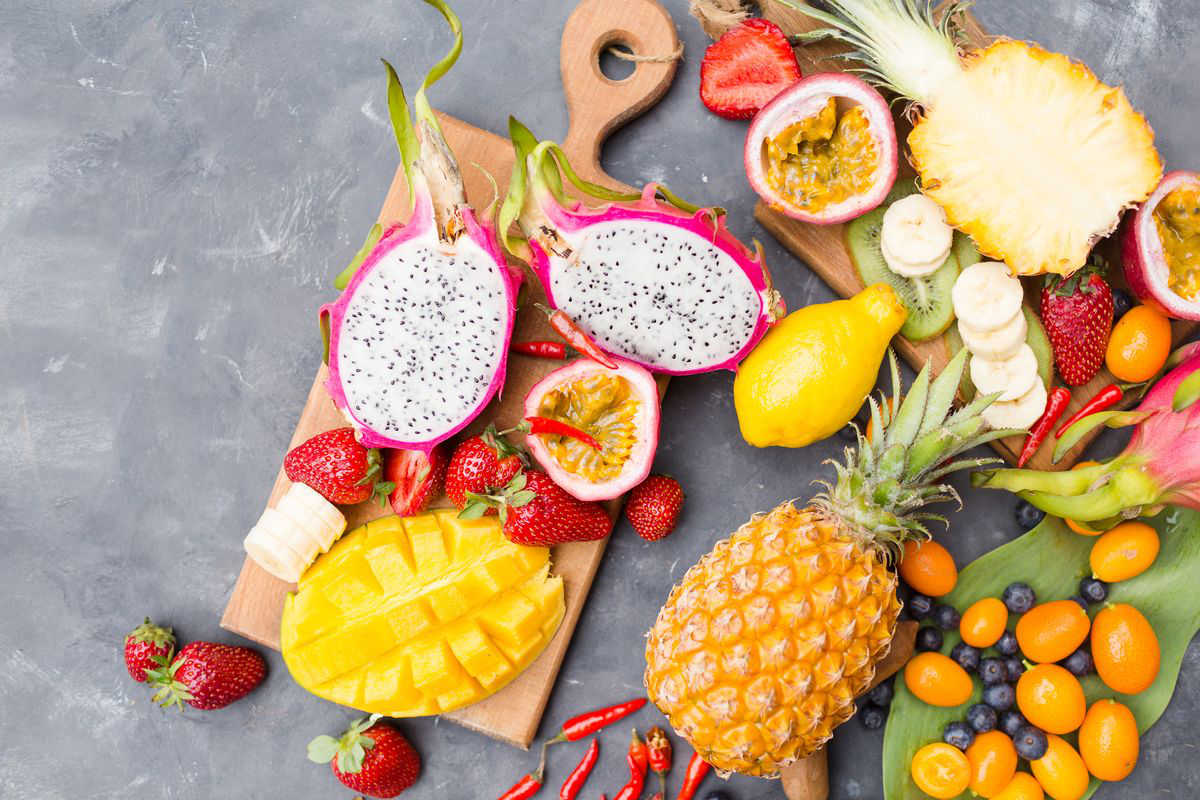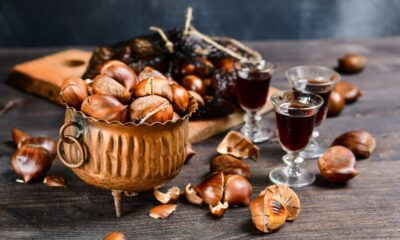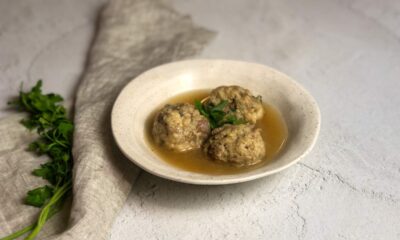Food
Exotic fruit, the names and characteristics of the less known varieties

What are the names of exotic fruit? Let's see the list from A to Z and discover the characteristics of the lesser known varieties.
Exotic fruit is slowly making its way into Italian cuisine as well. Many local chefs love to use mango & Co in their dishes and have contributed to making these fruits less difficult. Let's find out the names in alphabetical order and the characteristics of the lesser known varieties.
Exotic fruit: the names from A to Z
For some years now, tropical fruit has also made its appearance on Italian tables. Someone loves it and consumes it regularly, while others prefer to stick to local products at km 0. From the best-known coconut and mango to the unknown feijoa and guava seeds: regardless of one's personal taste, it is curious to discover tropical fruits from A to Z Some of them , in fact, can be used to prepare excellent first or second courses, but also desserts and appetizers. Below, the exotic fruit in alphabetical list :
- pineapple;
- avocados ;
- coconut;
- durian ;
- feijoa ;
- finger limes;
- guava ;
- kiwanos;
- lychee ;
- mango;
- passion fruit ;
- papaya ;
- passion fruit;
- pitaya;
- plane tree.
Without a doubt, some of the exotic fruits on this list will not be new to you, while others will. Let's go, therefore, to discover the characteristics of the lesser-known varieties.
View this post on Instagram
Tropical green fruit: the properties of lesser-known varieties
After having seen the names of all the exotic fruits, let's discover the characteristics of the less known ones. Without a shadow of a doubt, what needs no introduction are: pineapple, avocado, coconut, lychee, papaya, passion fruit and passion fruit. The others, however, are worth discovering a little more. From red exotic fruit to green tropical, here they are in detail :
Durian : antioxidant, anticancer, anti- inflammatory and aphrodisiac properties. It has an oval shape, with an outer skin full of small brownish thorns. The pulp is tender, sweet and creamy, with a white/yellow hue, while the skin has small brownish thorns.
View this post on Instagram
Feijoa : rich in fiber, omega 3, folic acid, vitamin C mineral salts, it is excellent for fighting cholesterol . It has an elongated shape, with a green and irregular skin, while the pulp is granular, full of small seeds and white/yellow in colour. The flavor is a mix between pineapple and strawberry.
View this post on Instagram
Finger lime : rich in vitamin C and B6, it has diuretic , thirst-quenching, digestive and antioxidant properties. Its shape is similar to a finger, while the skin is wrinkled and dark green. The pulp has small grains of various colors (white, yellow, pink, orange and reddish) which contain a slightly acidic juice, a mix between lime and lemon.
View this post on Instagram
Guava : antioxidant and anti-inflammatory properties. It is rich in vitamins C and A, flavonoids, polyphenols, proteins, mineral salts and simple carbohydrates. The size of a fist, its pulp can be of different colors (white, yellow or red), while the taste is quite sweet.
View this post on Instagram
Kiwano : rich in vitamins A , C and E and trace minerals, it has antioxidant and rehydrating virtues. Covered with quills, it has a yellow/orange skin and a bright green pulp. Its flavor is a mix between banana and lemon.
View this post on Instagram
Pitaya : detoxifying, diuretic and slimming properties, it is rich in vitamins A and B and proteins. Its shape is similar to a ball of fire and the skin is red. The pulp is white and creamy, with edible black seeds. The flavor is a mix between kiwi and peach.
View this post on Instagram
Plantain : rich in vitamins (A,C,B,B6 and K) and mineral salts, it is very nutritious. Similar in shape to a banana, it has a green skin and firm, compact flesh. It cannot be eaten raw, only boiled or fried. The flavor is comparable to that of the potato.
View this post on Instagram
Riproduzione riservata © - WT


 Kalorienarme Rezepte (@jojo.and.you)
Kalorienarme Rezepte (@jojo.and.you)
 (@sakshiadmires)
(@sakshiadmires)








